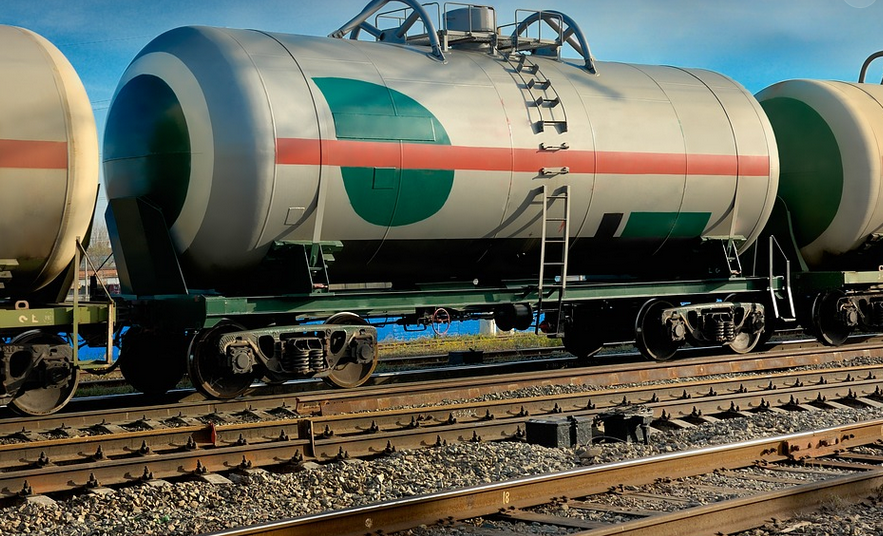Understanding the Importance of Transport Cells
Imagine your body as a bustling city, with each cell acting like a tiny factory or office. These cells need to communicate, transport materials, and carry out their specialized functions efficiently – just like any good city needs its transportation system. This is where the amazing world of transport cells comes in!
Cells are incredibly complex structures that work in harmony. They’re surrounded by a flexible membrane that acts as a gatekeeper, controlling what enters and exits. This membrane is crucial for maintaining internal order and preventing chaos within the cell. But even with this careful control, cells have to move certain materials around, just like cities need to transport goods and people.
The Key Players: Transport Cells’ Inner Circle
There are different types of transport cells, each equipped with specific features to handle the unique demands of their roles. Think of them as specialized delivery trucks or couriers, each equipped for a particular mission. These crucial players include:
- Endoplasmic Reticulum (ER): Like an intricate network of highways and overpasses within the cell, the ER plays a vital role in protein synthesis and lipid metabolism. It’s like a manufacturing hub, where proteins are built and lipids are created. These materials then travel through other transport cells for different destinations.
- Golgi Apparatus: Think of this as a post office, sorting and packaging the goods produced by the ER. After proteins have been synthesized and lipids created, they’re transported to the Golgi apparatus for their final destination – be it to the cell membrane or sent out from the cell.
- Lysosomes: These tiny waste management centers are like garbage trucks within the cell, breaking down old, damaged organelles and cellular debris. This ensures the cell’s smooth functioning – they don’t want to be overwhelmed by waste!
- Mitochondria: The powerhouse of the cell! These little power plants generate energy for all cellular activities thanks to their unique ability to consume oxygen and produce ATP, the cell’s main energy currency. They’re like a well-oiled machine, keeping everything running smoothly.
- Vacuoles: These are the storage compartments of the cell, acting as a reservoir for water, nutrients, waste products, and other essential molecules. Think of them like warehouses within the cell, storing valuable resources for later use.
The Mechanisms in Motion: How Transport Cells Move Materials
Now that we’ve met our key players, let’s delve into how these cells move materials around. This intricate process relies on a combination of fascinating mechanisms:
1. **Diffusion:** Imagine tiny particles like dust floating through the air, eventually settling in a particular area. Diffusion is similar to this; it’s a natural movement of molecules from an area of high concentration to an area of low concentration until they achieve equilibrium.
2. **Passive Transport:** This type of transport doesn’t require any energy from the cell – it’s like riding a gentle breeze. It involves moving molecules across the membrane without changing their chemical composition; this is similar to how we can open a door and let some air flow through while keeping everything else in place.
3. **Active Transport:** This is like a more demanding journey, requiring energy from the cell’s ATP for specific molecules to move across the membrane. This process is essential for maintaining the right balance of nutrients and waste products within the cell, just as we need healthy food and water for our bodies.
4. **Exocytosis and Endocytosis:** These are like bustling port facilities where materials are brought in or released out. Exocytosis involves the release of materials from the cell’s interior to its exterior, while endocytosis involves the uptake of materials from the surrounding environment into the cell.
Transport Cell: The Foundation of Life
As you can see, transport cells are not just passive bystanders but active participants in the grand symphony of life. They ensure that molecules, nutrients, and waste products are efficiently transported throughout the cell, like a well-coordinated transportation system within our bodies. This continuous movement is vital for maintaining cellular health and vitality.
Conclusion: The Importance of Understanding Transport Cells
Studying transport cells helps us understand how life works at its most fundamental level. Their intricate mechanisms are like complex machines, ensuring smooth operation within the cell itself. By learning about these “cellular highways,” we gain a deeper appreciation for the complexity and beauty of life.
